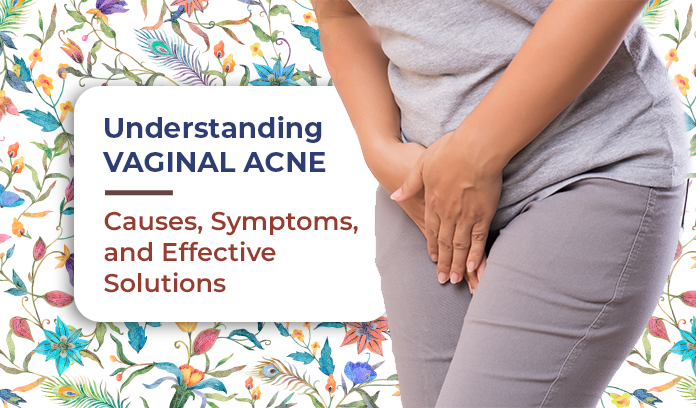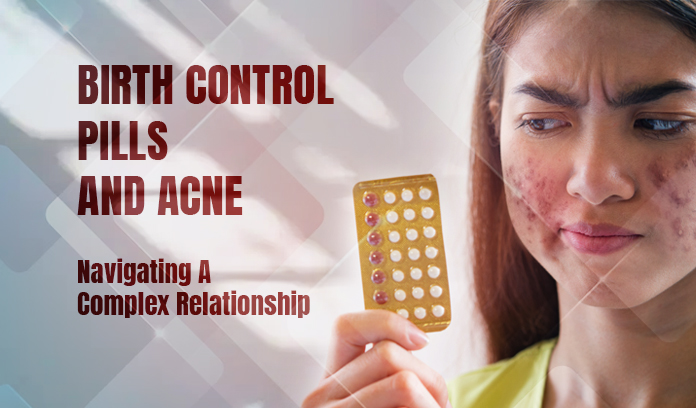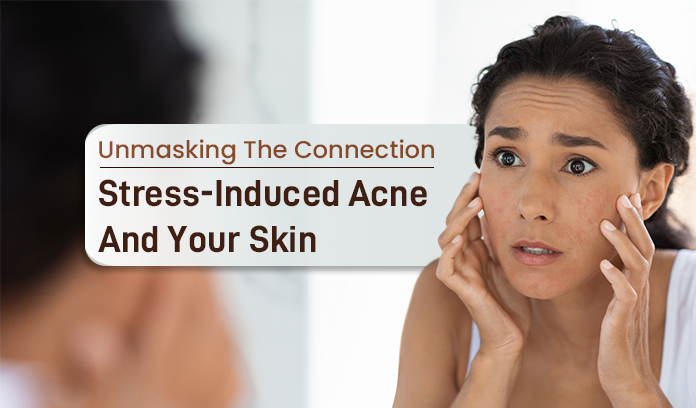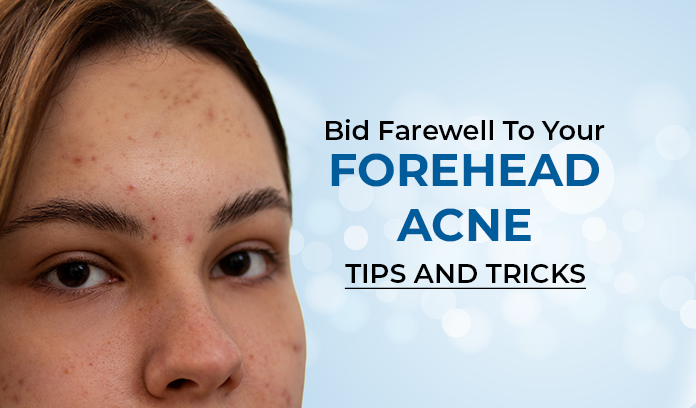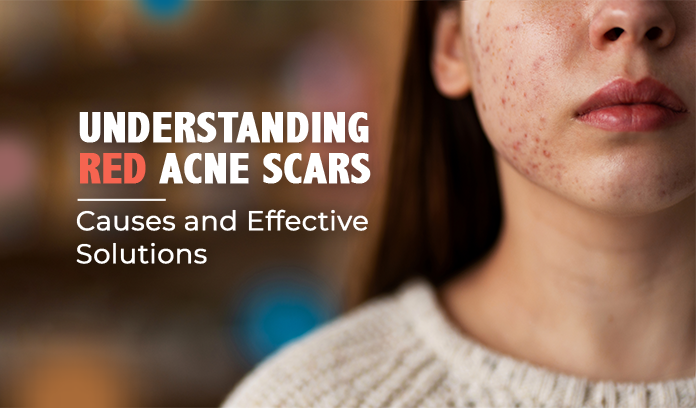Though not as widely discussed as regular acne, vaginal acne can cause distress and discomfort to women of all ages. This condition, medically known as “vulvar acne”, can impact your physical and mental well-being.
In this blog, we will underline the causes, symptoms, and effective solutions for vaginal acne to encourage women with the right knowledge they need to address this condition confidently.
What Causes Vaginal Acne?
Vaginal acne occurs due to the same factors causing regular acne: overstimulated sebaceous glands, clogged hair follicles with dirt, sweat, and dead skin cells.
This leads to inflammation and the formation of painful bumps.
Additionally, wearing tight-fitting fabrics, poor personal hygiene, and hormonal changes can also contribute to vaginal acne development.
Symptoms of Vaginal Acne
Around the vulvar region, vaginal acne presents itself as red, tender, and sometimes painful bumps. Similar to the appearance of facial pimples, these bumps may also be pus-filled.
It is vital to differentiate vaginal acne from other conditions like cysts or sexually transmitted infections (STIs). Be sure to consult a healthcare professional as an accurate diagnosis will help you rule out other conditions.
Effective Solutions for Vaginal Acne
- Maintain proper hygiene: Practising good personal hygiene is essential for maintaining good vaginal health.
Gently wash the vulvar region with fragrance-free, mild soap and water. Avoid using harsh cleansers as they can disturb the natural Ph balance of vaginal flora.
- Wear breathable quality: Opt for breathable, loose-fitting, and cotton clothing for the genital area to receive proper blood supply. It’s best to avoid tight clothing that traps moisture in the area and further irritates the skin.
- Use warm compress: Applying a warm and damp cloth to the affected area can help ease inflammation and reduce discomfort.
- Over-the-counter solutions: Some over-the-counter topical creams including salicylic acid or benzoyl peroxide may help fight acne-causing bacteria and reduce inflammation in the vaginal area.
It is wise to consult a dermatologist before applying anything to treat vaginal acne.
- Avoid picking or squeezing: Resist the urge to pop or squeeze a vaginal acne bump, as it can lead to further scarring or inflammation.
Conclusion
Every woman deserves to feel secure and comfortable in her skin and addressing a condition as distressing as vaginal acne helps one do just that.
By maintaining healthy personal hygiene, wearing comfortable and breathable fabrics, and avoiding squeezing the bumps, women can prevent exacerbating this skin condition and reduce discomfort significantly.







